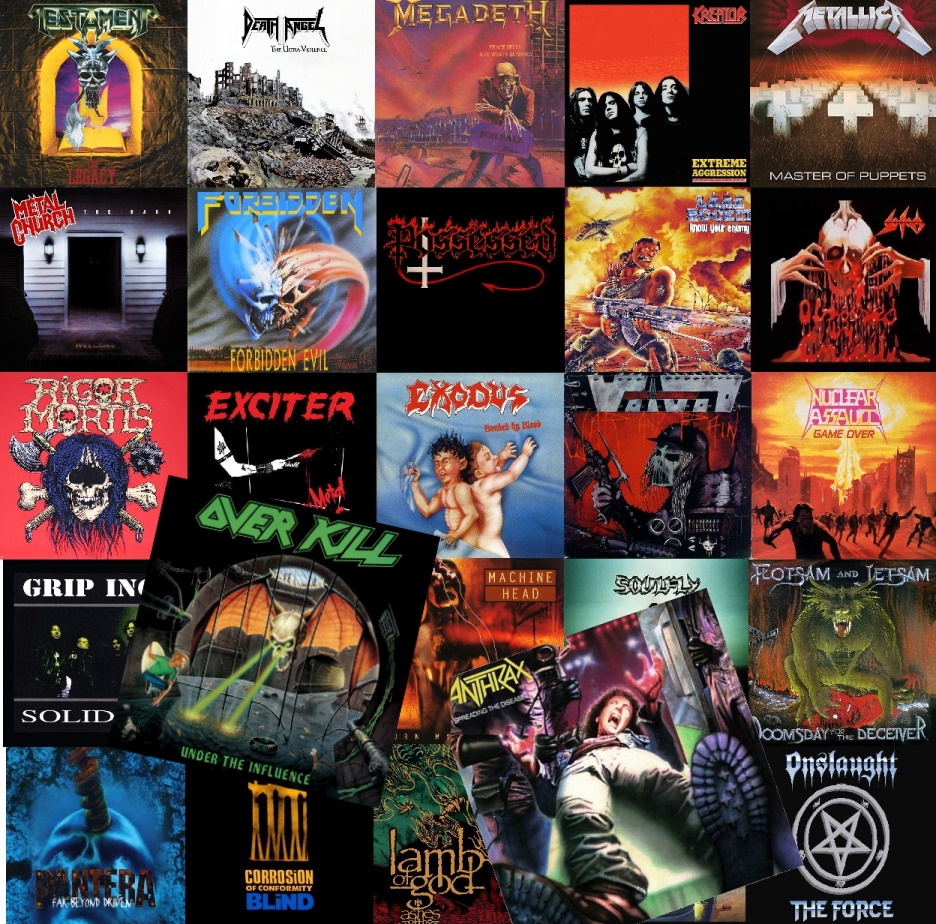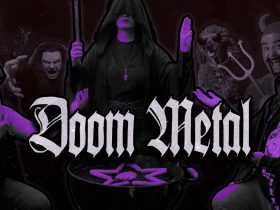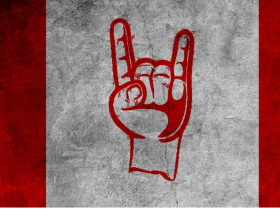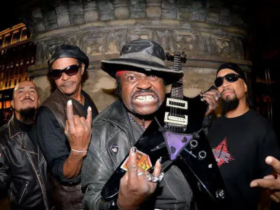(TheBRHM.com) I often find myself asking “What happened?” while listening thrash metal releases from the late 1980s to early 1990s. If you’re a long-time metalhead then you know that time period in relation to thrash, it was a pretty good period but the good times wouldn’t last.
You could say it was the early 1990s where you could see the first cracks forming. Thrash went at it with glam metal/80s hard rock during that time and had strong force with Metallica, Megadeth, Slayer, and Anthrax leading the charge in the U.S. While those bands were successful the genre as a whole wasn’t really laying the smackdown on glam metal.
Then grunge and alternative rock came in and shut that down as the early 90s went on. That didn’t mean the end got thrash as a whole or meant that bands just all collectively quit but thrash wasn’t selling like it was in the 80s. Meanwhile death metal soldiered on as the U.S’ main underground metal genre.

What About Europe and Metal in the 1990s
Note that I’m keeping it to the U.S because Europe was different. I’m not talking in just in sales but the bands themselves were just different to where they were more consistent quality-wise than the heaviest hitters in the U.S. Bands from the 1980s like Sodom, Kreator, Destruction, Blind Guardian, Gamma Ray, and Helloween all found their happy medium where the quality wasn’t dropping below a certain threshold.
That threshold was good enough that fans would either accept it as a respectable release or hype it up or listeners in general would enjoy it and find replay value in it. Hell, some bands regularly exceeded that baseline like Blind Guardian and Gamma Ray and continue to do so today.
For bands that started in the late 1980s and early 1990s such as the Swedish death metal and Norwegian black metal acts, they were simply running the board throughout the 90s with quality albums that would become classics in the 2000s. They were doing fine, we’re not getting into them.
What Happened with the Big 4 of Thrash in the 1990s?
Then you had the U.S bands. The ones that didn’t have a ton of sustained long-term success moving through the 90s were actually the acts that kept a respectable quality to their work. Oddly they figured out “Maybe we should stick to what brought us to the dance, update our production, get some young blood in the bands, and thug the decade out.”
Nu-metal and rap-rock weren’t the problem for the Big 4 at all, it was the fans taking to those genres during the later part of the decade and into the early 2000s. Limp Bizkit, Linkin Park, System of a Down, Rage Against the Machine, Slipknot, Korn, and Marilyn Manson were all running the board at the time.
Like the Big 4 in the 80s, their success made a hole for other bands and smaller acts to get themselves a slice of the pie. Their sound was aggressive for the time as the Big 4’s sound was a decade earlier and MTV was leaning more towards them. It was when the old guard attempted to modernize their sound for a new generation that we got some releases that just weren’t it and didn’t hit.
It was most evident in Slayer and Metallica as Megadeth pretty much polished their sound into a thrashy heavy metal approach and found a respectable medium. The most aggressive of the Big 4, Slayer seemed to never really get a footing that worked and you’ll hear albums that are one listens or probably require more than a few listens to grow on you.
Will you find a banger on those albums? Of course! You might find a few but collectively it’s two-listen deal for the most part. Anthrax thugged it out in the 90s after 1990’s Persistence of Time before finding their respectable medium in the early 2000s and in the 2010s they dropped a double dose of heat.
Looking at it decades later, listening to the albums in chronological order, and knowing what was hot at that time among the youth—I was in middle school during the late 90s and into Korn and Limp Bizkit—it’s just fascinating how one decade can derail the songwriting quality of landmark, hall of fame bands.
Staff Writer; M. Swift
This talented writer is also a podcast host, and comic book fan who loves all things old school. One may also find him on Twitter at; metalswift.










Leave a Reply